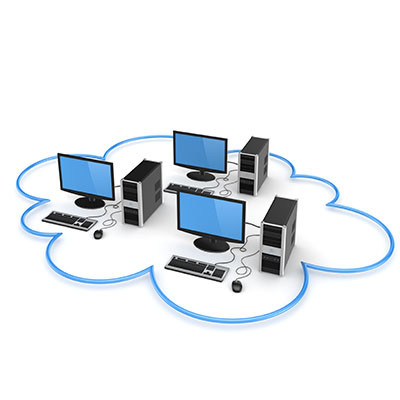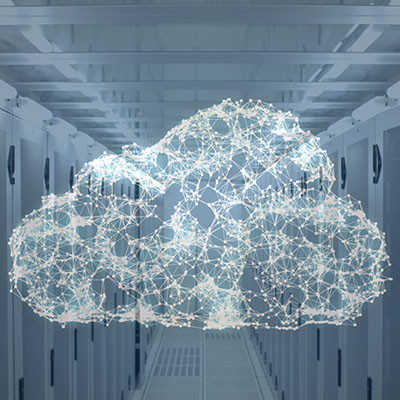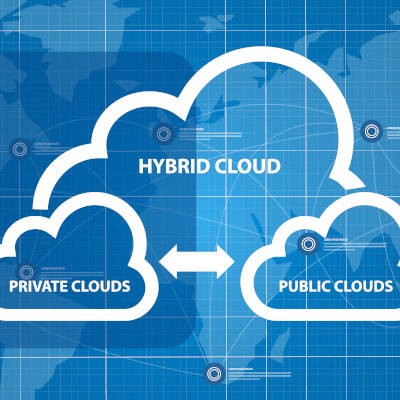The cloud has become a go-to resource when businesses are trying to find and consistently depend on digital tools that otherwise would be out of their price range. One cloud issue that isn’t often mentioned in the course of choosing computing resources is cloud waste. Cloud waste refers to the inefficient or unnecessary consumption of cloud computing resources, leading to higher costs without delivering corresponding value. This month, we will look at some of the impacts of cloud waste and how to avoid it as much as possible.
EZ MSP Blog
Software is an important part of any business’ toolset, and for small businesses, Software as a Service, or SaaS, is the most cost-effective way to take advantage of it. The most profitable companies in the world run on SaaS, and so too can your business. Let’s go over some of the most powerful solutions your organization can implement in the realm of software and how they can benefit your success.
Through cloud-based technology, your business can change the way it operates in countless different ways, all of which can benefit you in the long run. If you haven’t yet considered cloud-based solutions for infrastructure, then you could be missing out on some of the greatest innovations of the past decade. Here are some ways your business can start to leverage the cloud to its advantage.
It was only a few years ago when many of us in the IT industry simply did not trust the cloud. There was too much at stake and there simply weren't the robust options that have come in the subsequent years. Obviously, this has changed pretty rapidly and today’s cloud options are quickly becoming the norm.
The cloud has turned out to be a complete game changer for the way people compute. For any business, this can offer opportunities that would not be possible without cloud computing. This week, we take a look at the different types of cloud computing with an eye toward how small businesses can gain value from choosing them.
Data storage is one of those things in business that only is an issue if you don’t have enough of it. It used to be a considerable challenge for businesses, but today data storage prices are dropping by 20-to-30 percent annually and it has made it feasible for any business to start using cloud computing to store business data. This month we will take a look at the benefits of cloud storage and how there is only one major problem with it.
With cloud computing working wonders for small and medium-sized businesses of all types, you may gain confidence in finding hosted platforms that can help your business. Make no mistake about it, the cloud can work for your business in one way or another. This week, let’s go through how cloud options can help you improve your business’ computing.
When you virtualize a software solution, you are essentially storing it in an online environment where it can live. In other words, it remains in the cloud and is accessed through the Internet. This approach is helpful for many businesses, so why not flip this concept on its head and give hardware virtualization a shot? You might find that virtual workstations, for example, offer many benefits that can help your company be more productive and efficient.
The server is the heart and brain of a business’ computing infrastructure. So much so that a failure can cause catastrophic effects on your business. If you are at a point where you are thinking about adding a server to your infrastructure, or replacing one that is a little long in the tooth, you now have less of a dilemma than you may have had previously. This doesn’t mean that it is not a serious decision, but today you have options on how you want to go about deploying your new server. This month, we thought we would go over some of the pros and cons that come with adding new infrastructure and whether purchasing a new server outright is the right decision for your business.
The cloud is one way that businesses are changing their operations for the better. Not only does the cloud enable organizations to function in drastically different ways from the status quo, it also gives businesses countless opportunities to reduce costs. Here are just a few ways you can expect the cloud to reduce your expenses and improve your return on investment for IT resources.
When it comes to your desktop infrastructure, your company has several different options available to it, one of which is Desktop-as-a-Service. How does this option compare to having a traditional workstation, and why might a small business get value out of Desktop-as-a-Service? Let’s take a closer look at what DaaS involves.
Cloud computing has been a godsend for many businesses by providing the flexibility and scalability they need to grow and enhance their offerings. Cloud computing, of course, also provides some capital cost reduction. There is no question that the cloud brings plenty of benefits to companies small or large, they now have the ability to pay per month for the computing resources they were making hefty capital investments for not too long ago; and, by-in-large, these investments pay off.
When it comes to implementing new technology solutions, it’s easy to get distracted by all of the great possibilities and miss all of the challenges that it represents. The cloud in particular represents countless chances to improve operations and enhance efficiency, but the side of this is that there are many issues that could arise during the cloud migration process. Let’s consider some of these challenges and how we can help you get around them.
All businesses require software of some sort, but utilizing software comes with its own fair share of frustrations. How do you manage all of the licenses? How do you even afford the often high capital expense that comes with equipping all of your users with the programs they need? Thankfully, the cloud comes to the rescue once again with what’s called Software as a Service.
The cloud is a well-established option for businesses to embrace nowadays. So much so, in fact, that the benefits of migrating their data environment to the cloud have encouraged many to take the plunge (or would that thematically be ascent?) into cloud-delivered services. These transitions don’t come without their issues, of course. Let’s go over a few of the most common challenges that a business encounters when performing a cloud migration.
Whether you are just a fledgling small business just trying to get your feet off the ground or a larger-scale enterprise with a multitude of clients, one thing will always remain the same: in today’s business world, the cloud is king, and it has the potential to change the way that your business operates for the better.
The cloud has been a good resource for business for quite a while. Just how good? Currently, nine-out-of-ten businesses operate with some type of cloud-hosted solution. In fact, by the figures, we’re looking at a cloud-hosted future. We thought it would be interesting to take a look at some of the cloud computing stats and trends to paint a picture of just how the cloud has grown up.
As technology has developed, the tools available for businesses to use have gained considerable benefits. One particularly paradigm-shifting advancement, the cloud, has allowed businesses access to better solutions than ever before, and with the bonus of making them easier to manage. Let’s go over a few such solutions that many businesses are now embracing.




















